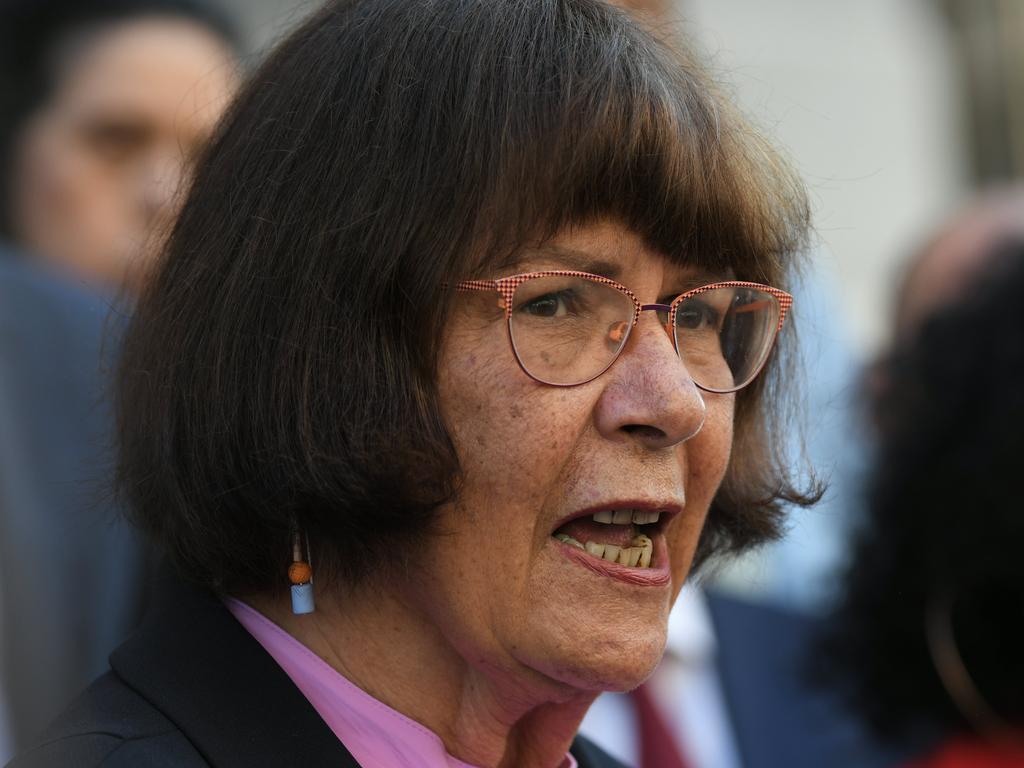Fewer than a third of Indigenous youth in remotest communities have a job or study
Incremental updates in the Closing the Gap initiative reveal the most detailed picture yet of the geography of Indigenous disadvantage.

The proportion of Indigenous youth in Australia’s very remote communities who have a job, a traineeship or study has fallen below a third, according to new data compiled under the redesigned national agreement on Closing the Gap.
A partial update published on Thursday shows a jump in the rate at which Indigenous juveniles are jailed. It also shows that intentional self-harm remains the leading cause of death among Indigenous youths aged 15 to 19, and is rising.
Between 2014 and 2018, intentional self-harm was the cause in 33 out of every 100,000 deaths of Indigenous youths in that age bracket. Between 2017 and 2021, the rate increased to 35.7 per 100,000.
The update builds on the most detailed data ever published as part of the Closing the Gap initiative, established in 2008 and redesigned in 2020. The new deal is underpinned by a commitment to quantify progress and setbacks in communities deemed remote and very remote, as well as in regional areas and cities.
Collating the data has been difficult and time-consuming and the job is incomplete. However, the update published on Thursday provides the clearest picture yet of the geography of disadvantage in Indigenous Australia.
Nationally, 58 per cent of Aboriginal and Torres Strait Islander people aged 15 to 24 were “fully engaged in education, employment or training” in 2021. This is an increase from 57.2 per cent in 2016.
However, the numbers are only improving in regional towns and cities. The trend is downwards in Australia’s major cities, remote and very remote areas. It is worst in very remote areas, where just 30.2 per cent of Indigenous youths were fully engaged in work or study in 2021. This is a fall from 33.5 per cent in 2016.
It has been known for months that the proportion of Aboriginal and Torres Strait Islander Australians aged 25 to 64 who have a job is on the rise. Australia is on track to meet the self-imposed target that by 2031, 62 per cent of Aboriginal and Torres Strait Islander people aged 25 to 64 will be employed. However, the update shows Indigenous employment is increasing in every part of Australia except very remote communities. The new data shows the employment rate among Indigenous people aged 25 to 64 in such places is 35 per cent, a reduction from 35.6 per cent in 2016.
The imprisonmen rate of Indigenous adults fell slightly in 2022 but is still higher than in 2019.
The percentage of Indigenous children in out-of-home care also fell in 2022. However it is higher than in 2019. Australia is not on track to reduce the rate of Indigenous children in out-of-home care by 45 per cent by 2031, which is one of the targets in the decade-long Closing the Gap agreement signed in 2020.
Indigenous Australians Minister Linda Burney was encouraged that the data showed more First Nations children than ever were enrolled in preschool and that there were fewer First Nations youth in detention.
“However, overall it remains that just four of the 19 Closing the Gap targets are on track,” she said.
Eleven targets are “not on track”, and four targets can’t assess a trend because of a lack of data.
“The gap is not closing fast enough,” Ms Burney said. “This is why we need a voice to parliament, so that the voices of Aboriginal and Torres Strait Islander people are heard on the matters that affect their communities.
“For too long, governments have made policies for Indigenous Australians, not with Indigenous Australians. The voice will create structural change that will ensure that grassroots voices are heard in Canberra,” Ms Burney said.
The new data revealed that poorer outcomes were still occurring in poorer communities and in those more distant from urban and regional locations, she added.








To join the conversation, please log in. Don't have an account? Register
Join the conversation, you are commenting as Logout